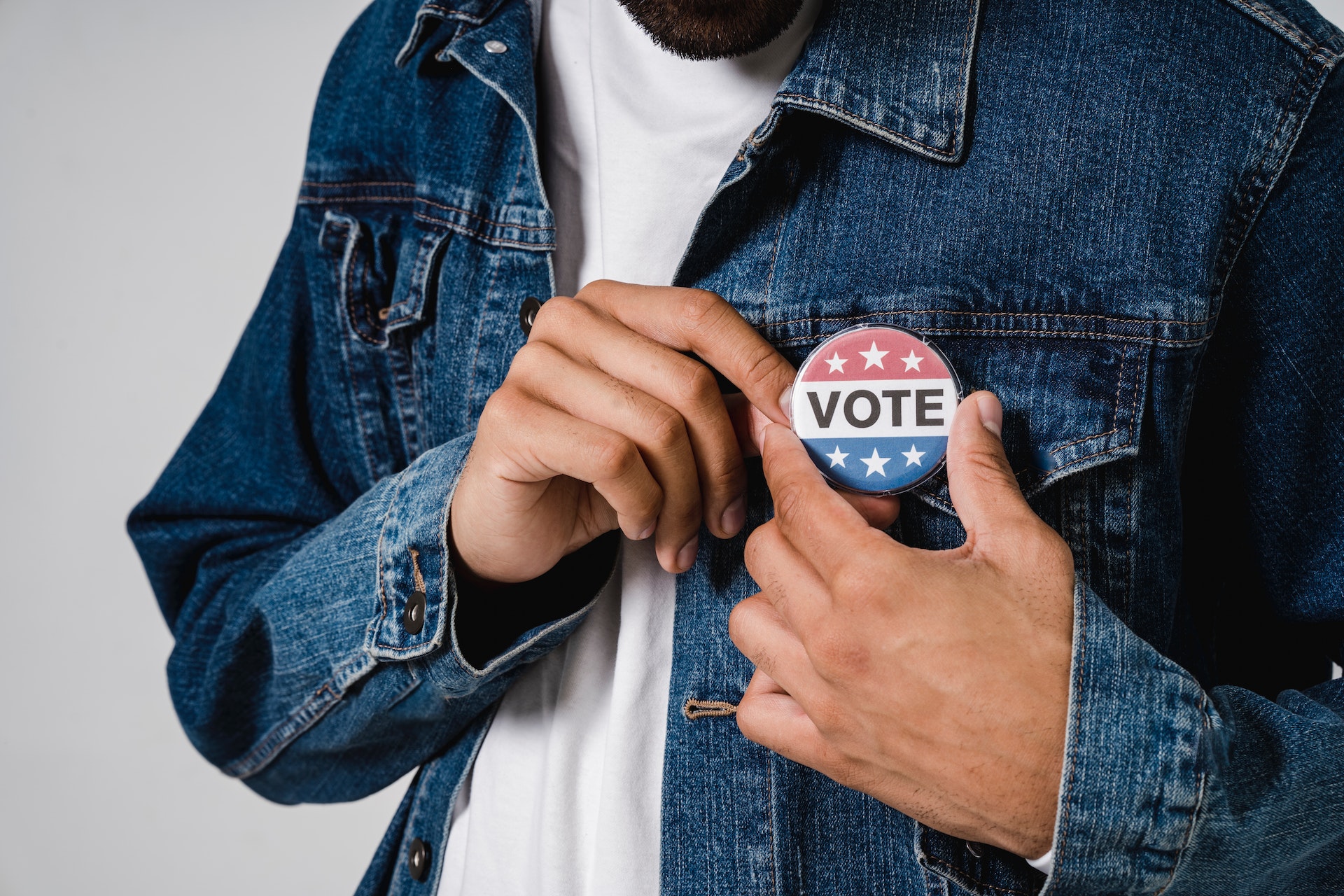Category Archives: Politics
Methods to Protect Your Right to Vote


There are several ways to protect your right to vote. These include voting by mail, absentee ballots, and poll taxes. Disenfranchisement laws can negatively affect people of color, and poll taxes are an example of voter suppression. Absentee voting can help increase voter turnout, and All-mail elections guarantee that every registered voter will receive a ballot.
Encourage voter registration
Encouraging voter registration is a simple way to protect voting rights. In many states, nongovernmental organizations serve as voter registration agencies. Social workers, for example, can link clients to their local voter registration office and request a voter registration form. Many agencies also provide simultaneous voter registration services.
The Voting Rights Act has expanded voting rights and has played an essential role in increasing voter turnout and participation, particularly for people of color. This phenomenon is often viewed from a civil rights lens, but its economic effects are equally real.
Disenfranchisement laws affect people of color
Disenfranchisement laws are discriminatory laws that affect people of color when they vote. The laws have racist origins and mirror the growth of new legal codes that target African Americans with disproportionately high incarceration rates. Over the last 50 years, the number of people in prison has more than doubled compared to the overall population. As a result, black people are effectively locked out of the political process.
Some states have laws that disenfranchise people who have convictions for felony crimes. Florida, for example, excludes people convicted of homicide and sexual offenses. Alabama has a similar law that defines crimes of moral turpitude as crimes of a sexual nature. Many other states have similar laws.
Poll taxes
Voter ID laws are a modern form of poll taxes. These laws disguise their true nature as costs to working-class citizens and minorities. They are a current form of voter suppression that reverts to the old ways of American democracy. In addition to being a form of voter suppression, poll taxes discourage political participation.
In the past, poll taxes were collected by charging residents one to two dollars to cast their votes. This cost was prohibitive for low-income voters. Many Southern states adopted poll taxes during the Reconstruction period. The voter participation rate fell by 35 percent in presidential elections during this period.
Absentee voting
The effect of absentee voting may not be as apparent as one would think. While voter turnout in the states that adopted no-excuse absentee voting policies is higher than those that did not, it is difficult to determine whether it is an effect. Republicans are allegedly attempting to limit mail-in voting, according to a recent piece in the Wall Street Journal. However, Hall says that the debate over absentee voting should focus on something other than whether it helps one party or another.
In the 2010 elections, absentee voting increased voter turnout by nearly ten percentage points in Texas and five points in Indiana. In comparison, early in-person voting declined by 8.8 and 3.4 percentage points, and in-person voting on Election Day declined by only 1.85 percent. In addition, the effect of absentee voting on voter turnout was most significant among those who would have otherwise voted in person.
All-mail elections guarantee
The pandemic and coronavirus outbreak has made it nearly impossible for many states to keep up with increased voter turnout, and some are considering expanding vote-by-mail options. More states are turning to all-mail elections to make voting more convenient for citizens. In a recent meeting, state and county election officials discussed how they could implement mail-in voting, including timelines for implementation, staffing, facilities, vendors, and working with the U.S. Postal Service.
While all-mail elections have their benefits, they have their drawbacks. First of all, mail-in voting may need to be clarified. The process can be complicated by disinformation and legal challenges, eroding public confidence in elections. In Pennsylvania, for example, Republican lawmakers have attempted to ban mail-in voting, but the Pennsylvania Supreme Court ruled the law unconstitutional and, therefore, ineffective.
Prioritize voting in jails
There are many ways to help jail inmates exercise their right to vote. Many advocacy organizations have partnered with local jails and election officials to provide voter registration assistance and absentee ballots. In addition, prisons can help inmates register and vote by conducting outreach programs. In the 2018 election, Ballots Over Bars coordinated 30 volunteers in five counties to help inmates complete absentee ballot applications. Other organizations, such as All Voting is Local, registered inmates in three Ohio counties, while Northeast Ohio Voter Advocates registered jail residents and assisted them in voting.
One of the most compelling arguments for restoring voting rights to jail inmates is that it helps encourage reintegration into society and reduces recidivism. Research shows that individuals who feel appreciated in their community are less likely to commit crimes in the future. Inslee’s budget proposal will grant states $3 billion to implement voting rights programs and expand existing ones. However, some Republican legislators are skeptical of restoring prisoners’ voting rights.
Changing Crime Rates in the United States

Understanding safety is all about knowing the actual data. It can seem like things are getting more dangerous in the United States, especially because there’s more access to the news nowadays, but does the data actually back that up? Here’s what you should know about changing crime rates in the United States.

America’s Changing Crime Rates Created By: PeopleFinders
1. Crime Trends By Year
The idea that things are getting more dangerous just isn’t true. As a matter of fact, the numbers from the FBI tell a completely different story. This is the average nationwide crime rate per 100,000 since 2010:
2010: 3,350.4
2011: 3,292.5
2012: 3,255.8
2013: 3,112.4
2014: 2,971.8
2015: 2,859.6
2016: 2,837
2017: 2,745.1
2018: 2,568.4
As you can see, it’s gone down every single year. That means the United States has actually been getting safer every year rather than getting more dangerous.
2. Understanding Violent Crime
For some people, seeing the general crime statistics isn’t enough because it includes all sorts of crime. What about violent crime? Is it becoming more dangerous in terms of violent crime? According to the FBI’s violent crime rate per 100,000 since 2010, no:
2010: 404.5
2011: 387.1
2012: 387.8
2013: 379.1
2014: 375.7
2015: 372.6
2016: 386.3
2017: 382.9
2018: 368.9
Even though crime did increase in some years, overall, the trend has been toward a reduction in crime. Between 2010 and 2018, violent crime went down by nearly 9%. Plus, the homicide rate in 2018 was fully half the rate of 1991. Even when you look at just violent crime, things are getting safer.
3. Crime By Location
One of the more important things to look at is location. Different cities can have significantly different crime rates. For example, these are the violent crime rates in the United States’ five most dangerous cities, nearing or exceeding five times the national average:
Detroit, Michigan: 2,007.8
Memphis, Tennessee: 1,943.2
Birmingham, Alabama: 1,911.5
Baltimore, Maryland: 1,833.4
St Louis, Missouri: 1,800.4
On the other hand, some cities have incredibly low rates of crime. These are possibly the country’s safest cities, with a violent crime rate less than a tenth of the national average:
Hopkinton, Massachusetts: Nearly 0
Bridgefield, Connecticut: Nearly 0
Madison, Connecticut: Nearly 0
Harrison Town, New York: 3.5
Bernards Township, New Jersey: 3.7
4. Socioeconomic Status
These locations don’t necessarily tell the whole story; socioeconomic status plays a huge role in predicting danger. For example, all of the 10 most dangerous cities have a poverty rate above 20%, and typically have high unemployment and low median income. Safest cities, on the other hand, all have a median area income over $100,000, meaning that cities with a higher socioeconomic status more likely have lower rates of crime.
Conclusion
Overall, crime is getting lower, but that might not mean anything to you specifically. The most important thing you can do to keep yourself and your family safe is to have actual information. That may mean, for example, using a public record search engine to gather information on neighbors. With this information, you’re more likely to stay safe in your immediate vicinity.



